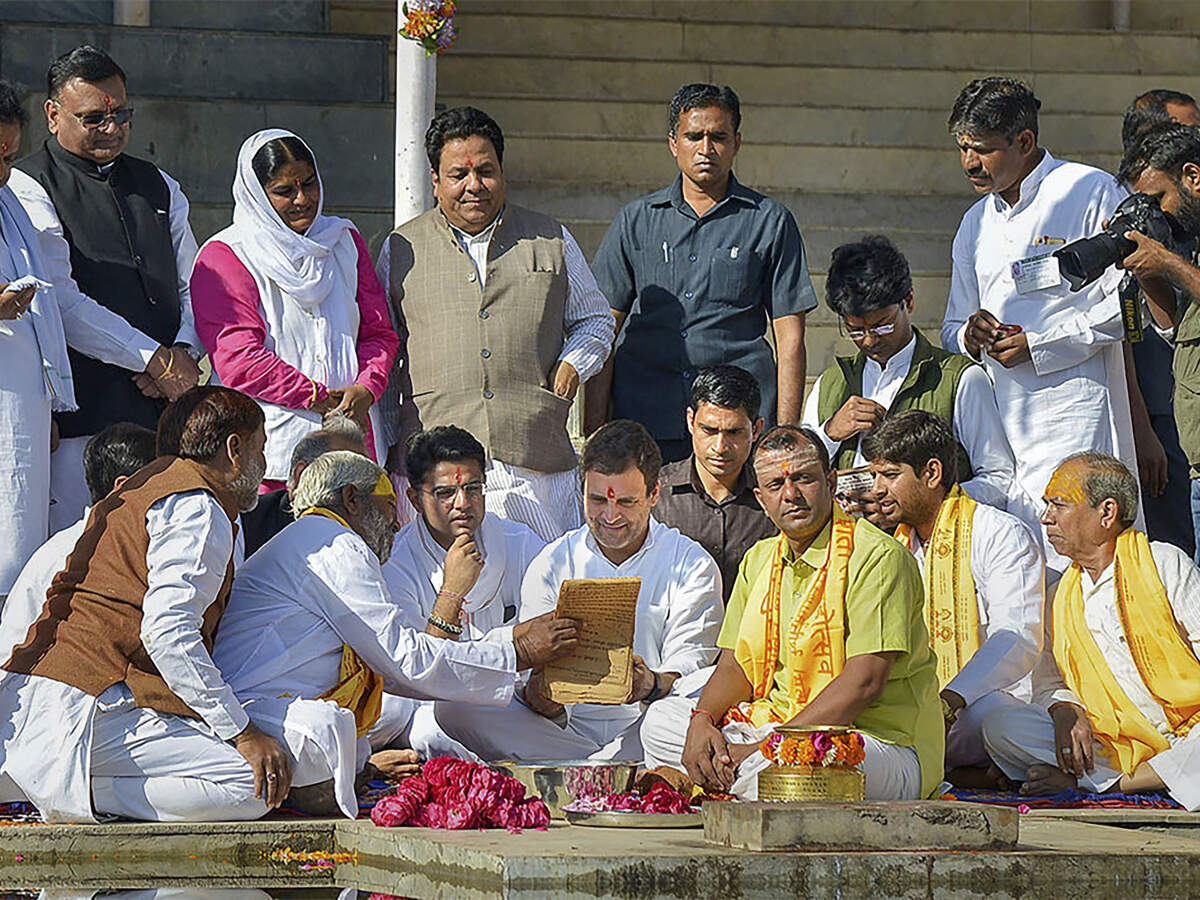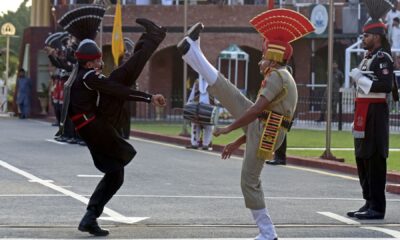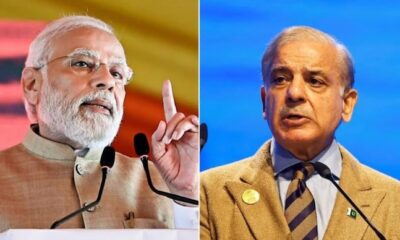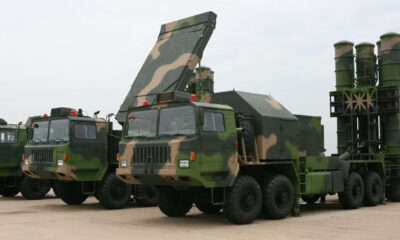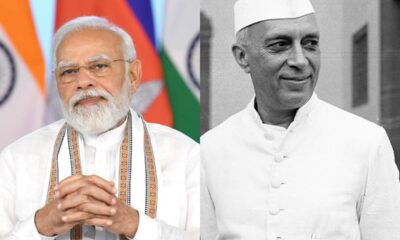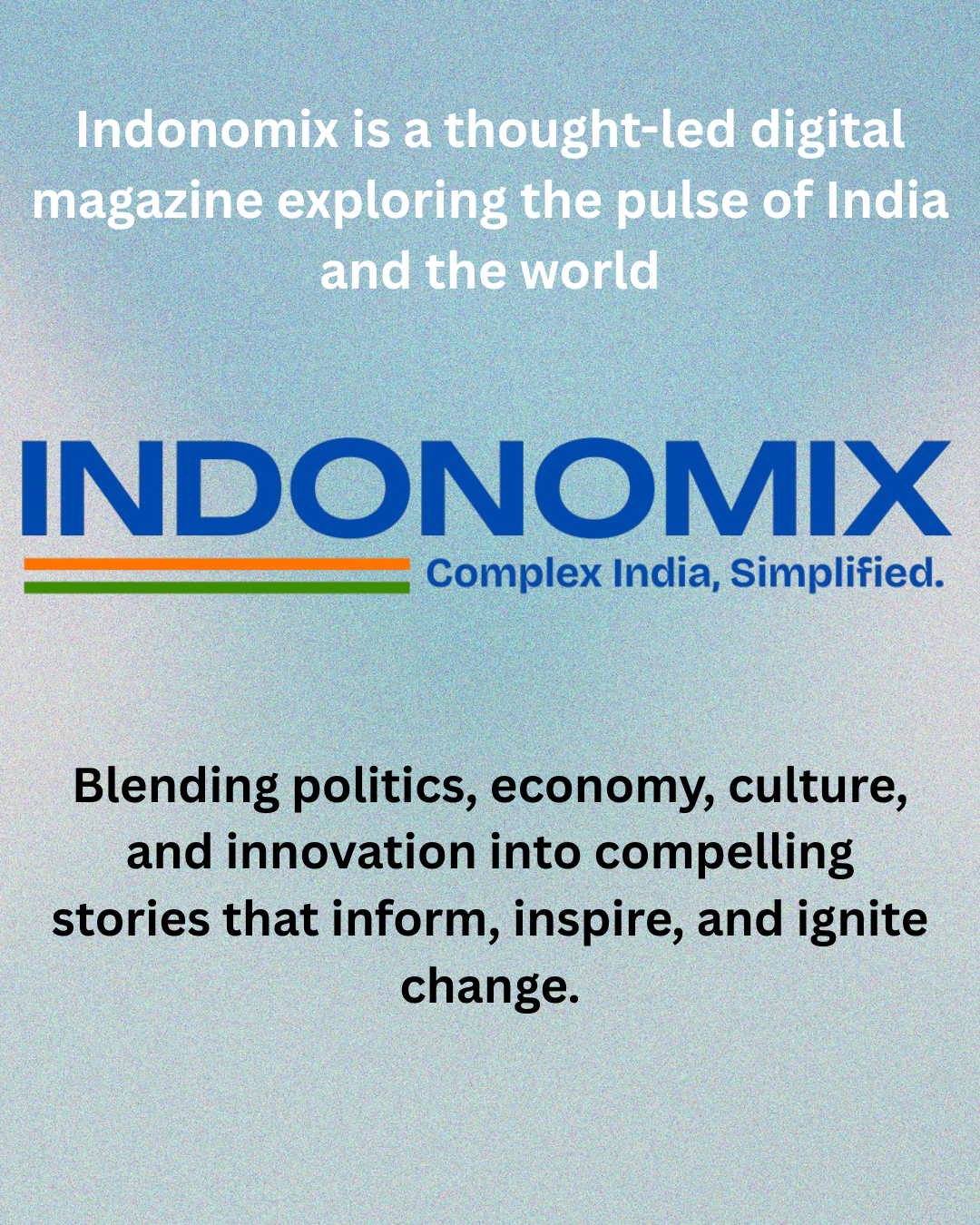The caste-based census is expected to begin soon. The RSS was opposed to it, while Rahul Gandhi had long demanded it. In this respect, it appears to be a clear victory for Rahul. What remains unclear, however, is what caste Rahul Gandhi will declare for himself in this census.
In 2018, at Pushkar, Rahul Gandhi declared his gotra (clan lineage) as Dattatreya. The Dattatreya gotra is traditionally associated with the Kaul Brahmins of Kashmir. Rahul’s grandmother, Indira Gandhi, also belonged to the Dattatreya gotra. Indira married Feroze Jehangir Gandhi, a Parsi, who was non-Hindu. This makes Rahul’s caste and gotra a complex issue.
It is well-established that the children of this marriage, including Rajiv Gandhi, were not considered Parsis, since they did not undergo the Navjote ceremony (Parsi initiation ritual). According to Parsi tradition, if a Parsi man marries a non-Parsi woman, the woman is never accepted as Parsi. However, their children may be accepted as Parsis only if they undergo the Navjote. Only then are they allowed to enter the Agiary (Zoroastrian fire temple), which is otherwise restricted to Parsis.
Indira and Feroze’s marriage was conducted as per Hindu rituals. Traditionally, especially after the Saptapadi (seven steps of Hindu marriage), the bride’s gotra is supposed to change. So, post-marriage, whatever her new gotra might have been, it would no longer be Dattatreya. It may then be inferred that Rahul’s declaration of Dattatreya gotra in Pushkar last year was a strategic move for electoral purposes.
Many RSS supporters and blind devotees believe that Jawaharlal Nehru’s grandfather was named Ghyasuddin Ghazi, a name he supposedly changed to Gangadhar Nehru. This claim has also been made by Yakub Habeebuddin Tucy, who identifies himself as a descendant of Bahadur Shah Zafar and has claimed ownership of the Taj Mahal. However, he has a history of calling himself “Prince” and now uses “HRH” (His Royal Highness), so his historical claims are naturally suspect.
Gangadhar Nehru’s ancestors were Raj Kaul, who were invited to Delhi and served as tutors to Mughal princes. They were granted a small estate near a canal (nahar), and their family came to be known as Nehru from the word nahar. His son Vishwanath Kaul became known as Vishwanath Kaul Nehru, and his son Mansa Ram adopted Nehru as his surname. Since the 17th century, Kashmiri Pandits, known for their Persian scholarship, had spread across princely states of North India. Genealogical records of the extended Kaul family can be found in many households. It is more appropriate to dismiss the “Ghyasuddin Ghazi” theory as a malicious fabrication.
Thus, Rahul Gandhi is one-fourth Kaul (Dattatreya). He is certainly half Italian. And he might be one-fourth Parsi—might, because a well-known biographer of Indira Gandhi, Katherine Frank, expressed her doubts in her book Indira: The Life of Indira Nehru Gandhi that Feroze Gandhi’s real father may not have been Jehangir Gandhi, but Raj Bahadur Prasad Kakkad, a famous lawyer in Allahabad. She also speculated that Feroze’s mother was not Ratimai Gandhi, but her sister, Shirin Commissariat, who never married. Frank noted that Feroze was raised in Allahabad by his aunt, who was a surgeon.
But this claim is highly controversial. Feroze was born in Mumbai’s T. Nariman Hospital, where the mother’s name recorded was Ratimai Gandhi. The hospital was a Parsi institution, and in such a close-knit community, it would have been difficult to pass off Shirin as Ratimai. After the death of her husband Jehangir Gandhi in the 1920s, Ratimai moved to Allahabad to live with her sister.
So I consider Indira Gandhi to be a Kashmiri Pandit, Feroze Gandhi to be Parsi, and Sonia Gandhi’s parents to be Italian. Hence, Rahul Gandhi should ideally declare his caste as “unknown.” Any other declaration would suggest he is using the caste census for electoral gain—just as he appeared to be doing in Pushkar last year.

 Culture & Society2 months ago
Culture & Society2 months ago
 Culture & Society2 months ago
Culture & Society2 months ago
 Tech1 month ago
Tech1 month ago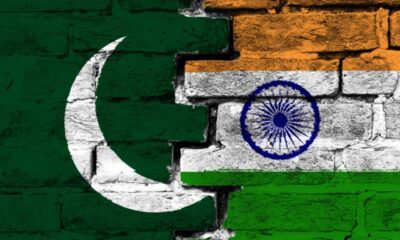
 Opinion2 months ago
Opinion2 months ago
 Business2 months ago
Business2 months ago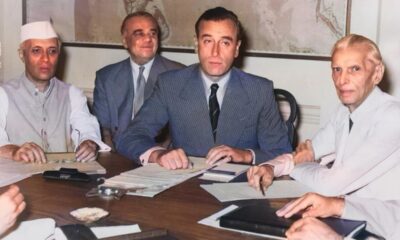
 Culture & Society2 months ago
Culture & Society2 months ago
 Culture & Society2 months ago
Culture & Society2 months ago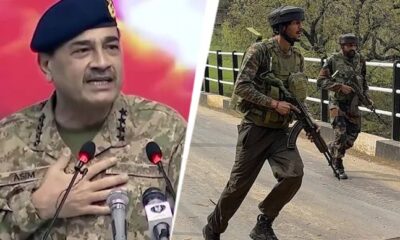
 iNational Indic2 months ago
iNational Indic2 months ago
